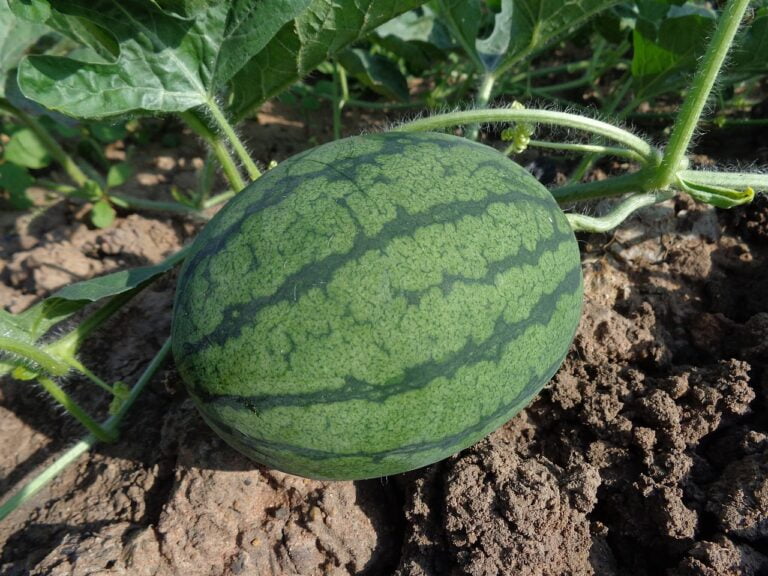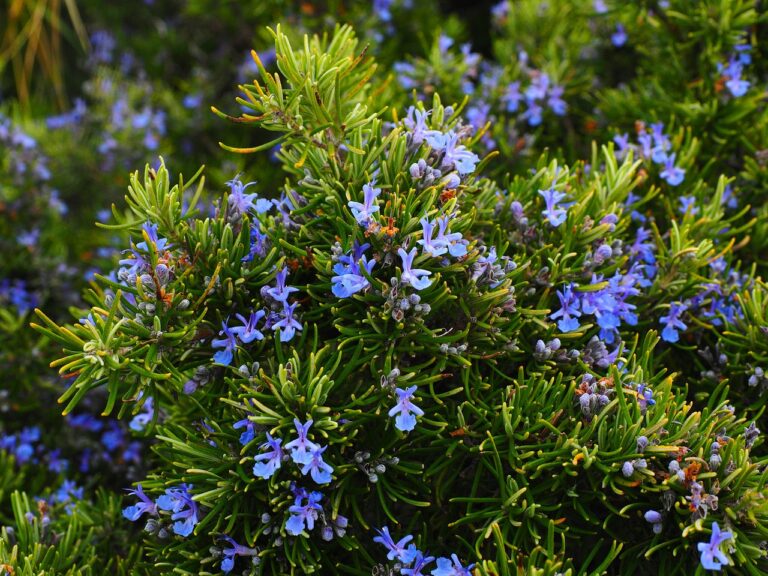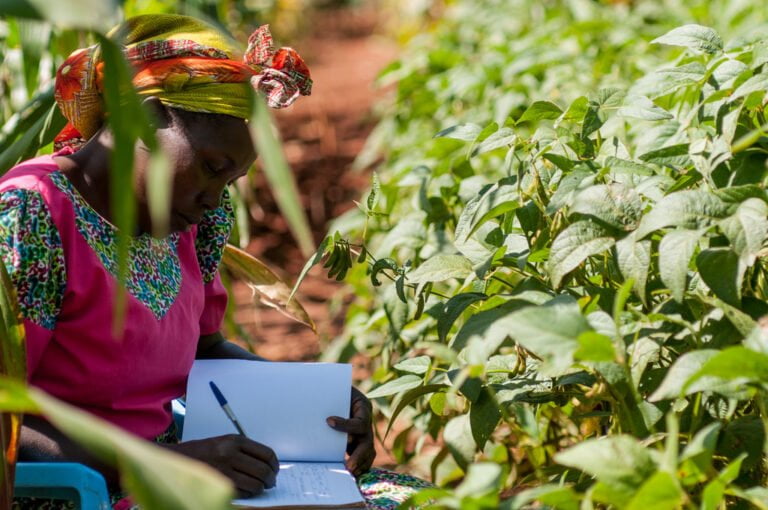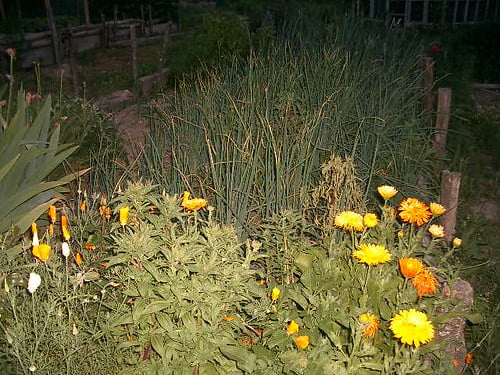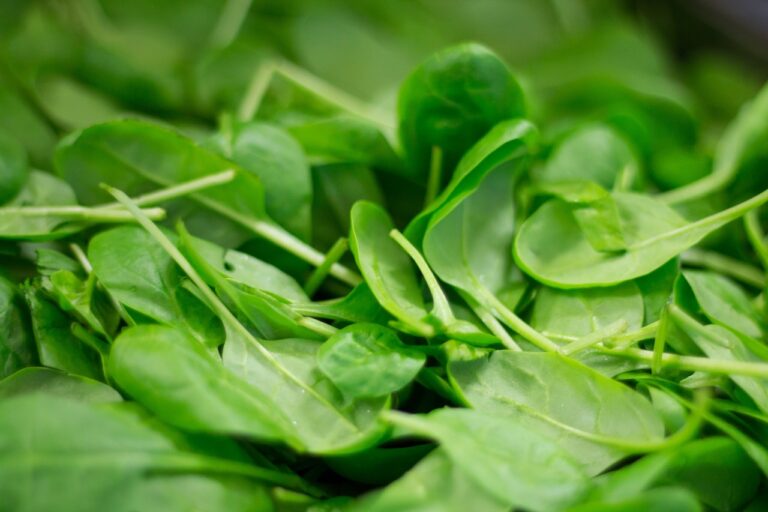Maximizing Space Through Companion Planting in Container Gardens
Are you struggling to make the most of limited space in your container garden? Look no further! In this article, we'll show you how to maximize your space through the practice of companion planting. By strategically pairing compatible plants and utilizing vertical space, you can create a beautiful and functional garden that serves your needs. We'll also provide tips for pest control, nurturing healthy soil, and maintaining your container garden. Get ready to transform your garden into a space-saving oasis!
Benefits of Companion Planting
To maximize space in your container garden, you can benefit from companion planting, as it allows you to grow multiple plants together that provide mutual advantages. Companion planting, also known as intercropping, offers numerous benefits in organic gardening. Firstly, it helps to maximize the use of available space by utilizing different levels of the plant canopy. For example, tall plants can provide shade for shorter ones, allowing them to thrive in areas that would otherwise be unused. Additionally, certain plant combinations can help deter pests naturally. For instance, planting marigolds alongside tomatoes can repel harmful insects like aphids and nematodes. Furthermore, companion planting promotes biodiversity in your garden, attracting beneficial insects such as bees and butterflies, which aid in pollination. By strategically selecting plant combinations, you can create a harmonious and productive container garden.
Choosing the Right Container for Your Garden
When choosing the right container for your garden, consider the size and material of the container to ensure optimal growth and space utilization. Container material options include plastic, clay, wood, and metal. Plastic containers are lightweight, durable, and retain moisture well. Clay containers are porous, allowing for good air circulation, but they can be heavy and breakable. Wood containers provide good insulation and can be treated to resist rotting. Metal containers are durable and can add a decorative touch to your garden, but they may heat up quickly in direct sunlight. Container size considerations are important for the health and productivity of your plants. Larger containers allow for more root growth and moisture retention, but they can also be heavier and require more soil. Smaller containers are easier to move and require less soil, but may limit the growth potential of your plants. It is important to choose containers that are appropriate for the specific needs of your plants while also considering the available space and resources you have.
Selecting Compatible Plant Pairings
Maximize space in your container garden by selecting compatible plant pairings. Companion planting techniques can help you make the most of your limited space by combining plants that benefit each other. When choosing companion planting combinations, consider the growth habits, sun requirements, and nutrient needs of the plants. For example, pairing tall plants with those that have a spreading or trailing habit can create a layered effect, maximizing vertical and horizontal space. Additionally, combining plants with different sun requirements allows you to place them in areas with varying levels of sunlight, further maximizing your container garden's space. Another consideration is selecting plants that have different nutrient needs, so they don't compete for the same resources. By carefully selecting compatible plant pairings, you can optimize your container garden's space and create a thriving and productive oasis.
Utilizing Vertical Space in Container Gardens
Make the most of your container garden's vertical space by utilizing companion plantings that allow for upward growth. Vertical gardening techniques can help you maximize the space available in your container garden, allowing you to grow more plants and create a beautiful, lush display. One creative space-saving solution is to use trellises or stakes to support vining plants such as tomatoes, cucumbers, or beans. These plants will grow upward, taking advantage of the vertical space in your containers. Another technique is to use hanging baskets or wall-mounted planters to grow trailing or cascading plants such as strawberries or trailing petunias. These plants not only add beauty to your garden but also make use of the often overlooked vertical space. By incorporating these vertical gardening techniques, you can make your container garden more productive and visually appealing.
Companion Planting for Pest Control
To effectively control pests in your container garden, consider incorporating companion planting techniques that utilize the natural abilities of certain plants to repel or deter harmful insects. Companion planting for pest control is an effective and environmentally friendly way to keep your plants healthy and thriving. Here are three intercropping techniques that can help you naturally control pests in your container garden:
- Marigolds: Planting marigolds alongside your vegetables can help keep aphids, nematodes, and other destructive insects at bay. Marigolds emit a strong scent that repels pests, acting as a natural insect repellent.
- Basil: Not only is basil a versatile herb for cooking, but it also has natural pest-repellent properties. Planting basil near tomatoes can help deter tomato hornworms and whiteflies, keeping your tomato plants healthy.
- Lavender: The fragrant scent of lavender is disliked by many pests, including mosquitoes, moths, and fleas. Planting lavender near your container garden can help keep these unwanted visitors away.
Maximizing Yield With Succession Planting
To increase your container garden's yield, consider implementing succession planting techniques. Succession planting involves planting crops in stages, allowing you to maximize harvest throughout the growing season. By carefully planning your planting schedule, you can ensure a continuous supply of fresh produce. Start by determining the average time it takes for each crop to mature. Once you have this information, you can stagger your plantings accordingly. As one crop is harvested, you can immediately replace it with a new one. This not only maximizes the use of space but also extends the harvest period. For example, you can start with fast-growing crops like lettuce and radishes, followed by slower-growing crops like tomatoes and peppers. By following a succession planting strategy, you can enjoy a bountiful harvest from your container garden all season long.
Nurturing Healthy Soil in Containers
To maintain optimal soil health in your container garden, incorporate a balanced blend of organic fertilizers and amendments. Nurturing healthy roots is essential for the overall success of your plants. Here are three key tips for container garden maintenance:
- Use compost: Adding compost to your containers improves soil structure, increases water retention, and provides essential nutrients for your plants.
- Consider worm castings: Worm castings are rich in beneficial microbes and nutrients that promote healthy root development. Mix them into your potting soil or use them as a top dressing.
- Employ cover crops: Cover crops, such as clover or vetch, help prevent soil erosion and add organic matter when turned into the soil. They also attract beneficial insects and suppress weeds.
Watering and Fertilizing Techniques for Container Gardens
- To maximize the success of your container garden, implement efficient watering and fertilizing techniques. When it comes to watering, it's important to strike the right balance. Overwatering can lead to root rot, while underwatering can result in stunted growth and wilting. To avoid these issues, monitor the moisture levels of your soil regularly. Stick your finger about an inch into the soil; if it feels dry, it's time to water. When watering, aim for the base of the plants to prevent water splashing onto the leaves, which can lead to disease. As for fertilizing, organic methods are highly recommended. Use compost, worm castings, or organic liquid fertilizers to provide your plants with the necessary nutrients. Remember to follow the recommended dosage and frequency for best results. By implementing these watering techniques and organic fertilizing methods, you'll ensure healthy and thriving plants in your container garden.
Designing a Beautiful and Functional Container Garden
When designing your container garden, consider both aesthetics and functionality to create a visually appealing and practical space for your plants. Here are three tips to help you design a beautiful and functional container garden:
- Choose containers that complement your plants: Select containers that not only match your personal style but also enhance the beauty of your plants. Consider the color, texture, and shape of the containers to create a harmonious visual effect.
- Incorporate art in your container gardens: Add artistic elements such as sculptures, decorative stones, or colorful pots to elevate the visual appeal of your container garden. These artistic touches can add personality and create a focal point in your garden.
- Optimize space with vertical gardening: Maximize your container garden's space by incorporating vertical gardening techniques. Use trellises, hanging baskets, or vertical planters to grow vines, climbers, and trailing plants, creating a lush and layered look.
Tips for Maintaining and Caring for Your Companion Planting Container Garden
How can you effectively maintain and care for your companion planting container garden? Maintaining a container garden requires regular attention and care to ensure healthy plant growth and productivity. Here are some practical tips for maintaining and caring for your companion planting container garden:
- Watering: Regularly check the moisture levels of the soil and water the plants as needed. Avoid overwatering, as it can lead to root rot.
- Fertilizing: Apply organic fertilizers to provide essential nutrients to the plants. Follow the instructions on the fertilizer packaging for proper application.
- Pruning: Regularly prune your plants to remove dead or diseased leaves and encourage healthy growth. This will also prevent overcrowding.
- Pest management: Monitor your plants for any signs of pests or diseases. Use organic pest control methods such as neem oil or companion planting techniques to deter pests.
- Harvesting: Regularly harvest the fruits, vegetables, or herbs from your plants to promote continuous growth.
Frequently Asked Questions
What Are Some Common Mistakes to Avoid When Companion Planting in Container Gardens?
When companion planting in container gardens, avoid common mistakes like overcrowding plants or selecting incompatible companions. Choose plants that have similar growing requirements and consider their sizes to maximize space in small areas.
How Often Should I Rotate My Plants in a Container Garden to Prevent Nutrient Depletion?
Rotate your plants in a container garden every 1-2 years to prevent nutrient depletion. This ensures effective crop rotation and compost management, maximizing the space and productivity of your garden.
Can I Use Companion Planting Techniques in a Small Balcony Garden?
Yes, you can definitely use companion planting techniques in a small balcony garden. It has many benefits like pest control and maximizing space. However, there are challenges to consider, such as choosing compatible plants and managing their different needs.
Are There Any Specific Plants That Should Not Be Grown Together in a Container Garden?
In a container garden, there are specific plants you should avoid growing together. The impact of container size on companion planting is also important to consider. Let's explore which plants to keep separate for optimal growth.
What Are Some Alternative Pest Control Methods for Container Gardens Besides Companion Planting?
"Looking to control pests in your container garden? Consider trying organic pest control methods such as using natural pest deterrents like neem oil or insecticidal soap. These alternatives can help keep your plants healthy and pest-free."
Conclusion
In conclusion, companion planting in container gardens is a practical and effective way to maximize space and create a thriving garden. By selecting compatible plant pairings, utilizing vertical space, and implementing pest control techniques, you can create a beautiful and functional container garden. Don't forget to nurture healthy soil, use proper watering and fertilizing techniques, and regularly maintain and care for your garden. With these tips, you can create a space-saving oasis that will bring you joy and abundance.

